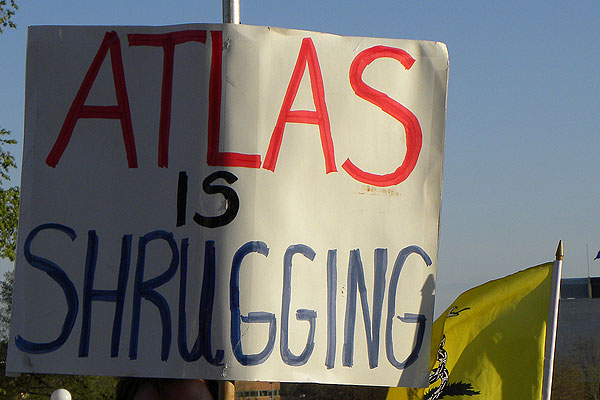
Every one two years, the University of Chicago’s National Opinion Research Center releases its General Social Survey (PDF), which it’s been doing since 1973. It’s an attempt to gauge Americans’ basic priorities on government spending and to chart them over time. The GSS is a handy, broad-strokes glance at our anxieties and our demands that government allay them, putting a mirror to political and social trends over the past few decades.
One thing that should be clear before you read too much into specific numbers: we’re a fickle people, and after we get what we want we want more of what we ostensibly had. The GSS tallies Americans’ net preference for government spending by taking the percentage of people who want more social spending and subtracting the percentage that wants less, across several policy categories. During the 10 surveys taken during Democratic presidential administrations, the average net is 16.7 percent for more spending; during the 17 surveys taken during Republican presidential administrations (the survey shifted from every year to every two years during the Clinton administration), the average is 19.3 percent. It’s not a big difference, but it’s pretty consistent over time.
One thing that jumps out: the GOP’s drumbeat for decreased government spending, which ushered in a Republican takeover of the House of Representatives as well as conservative governors like Scott Walker, Rick Scott, and Tom Corbett, seems to have had a noticeable effect on our priorities. In 2008, the net was 36.7 percent for more domestic spending; in 2010, it was 25.9 percent.
It’s the first time in the history of the GSS that the net preference for more domestic social spending has dropped 10 percent. Of course, 25.9 percent still means a plurality wants more spending, but it’s still a substantial drop, comparable to that from 1975-1976 (8.9 percent, in the wake of the recession and OPEC crisis) and 1984-1985 (7.8 percent, after a post-recession recovery).
A couple more numbers suggest a conservative turn. The net preference for more health spending dropped from 68.1 percent in 2008 to 41.4 percent in 2010; "too much" went up from 8.1 percent to 18.9 percent, the only time it’s been over 10 percent since 1993-1994, the last time a Democratic president attempted health care reform. Meanwhile, support for military spending moved a bit, with "too little" shifting from 25.3 percent to 25.7 percent and "too much" shifting from 39.7 percent to 34.9 percent.
But it’s not quite that simple, suggesting yet another reason Wisconsin’s Scott Walker has badly misread the political winds. Among the domestic spending priorities in the GSS, education didn’t drop. The "net spending priority" for crime, the environment, drug addiction, health care, "solving the problems of the big cities" and so forth all dropped, but for education it went up slightly. And education remained the top priority, as it’s been every year since 2000 save 2004. And the percentage of respondents saying we spend too little on education has stayed above 70 percent since 1989.
My anecdotal evidence suggests that the vast majority of people don’t think we should pay teachers less, and that the widespread criticism of teachers’ unions has very little to do with the solidly middle-class salaries teachers’ unions have secured for their members. There are complaints about their pay structures, but that has more to do with incentives; for the most part, opposition to the unions revolves around what we’re getting for the money, not that we should reduce pay to reflect the quality voters think they’re getting.
But that’s not what’s happened in Wisconsin. The battle there has focused on teachers’ unions as a purely fiscal problem, which seems to be an opinion shared by very few, especially if the overwhelming results of the GSS are any indication.
Photograph: Fibonacci Blue (CC by 2.0)


